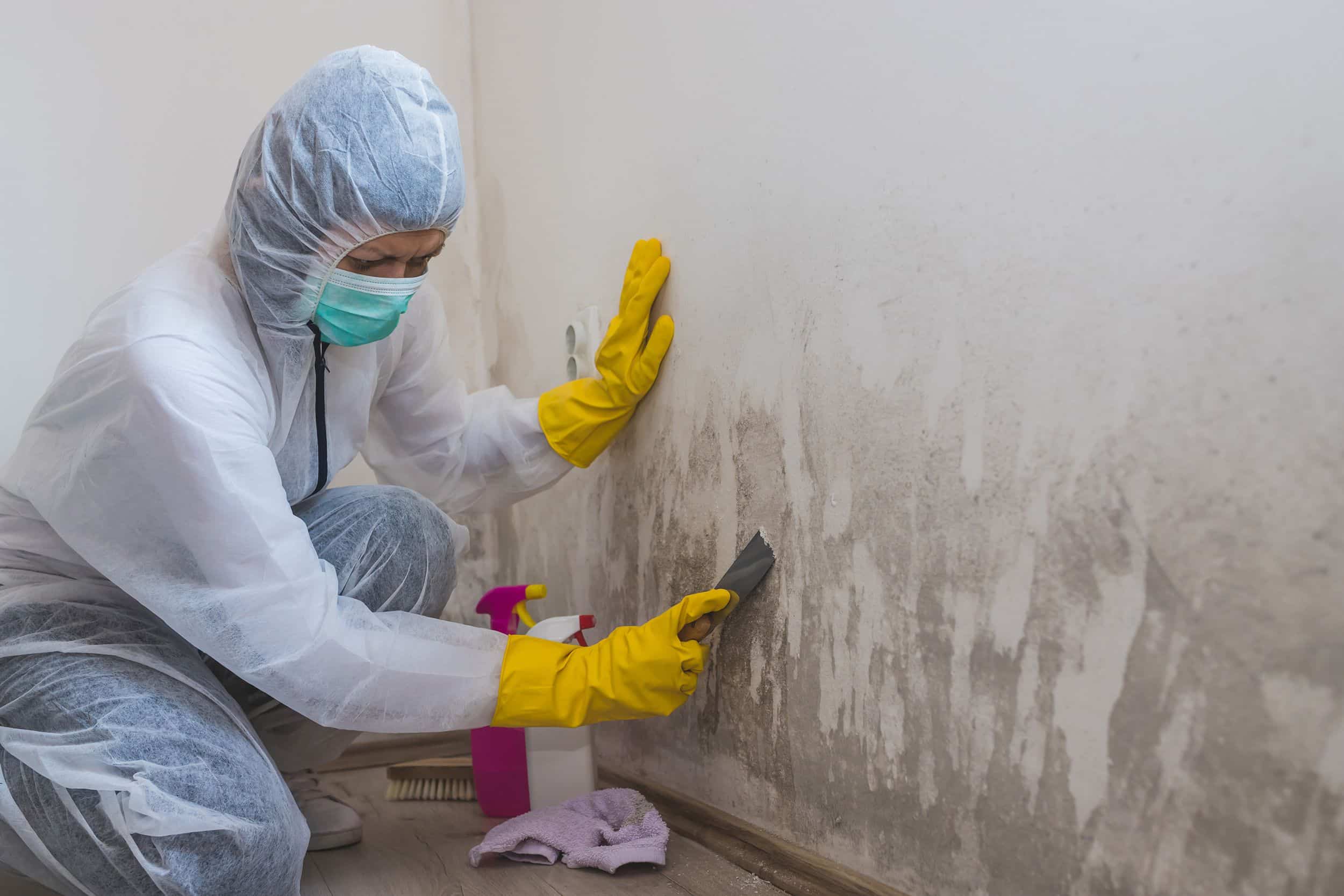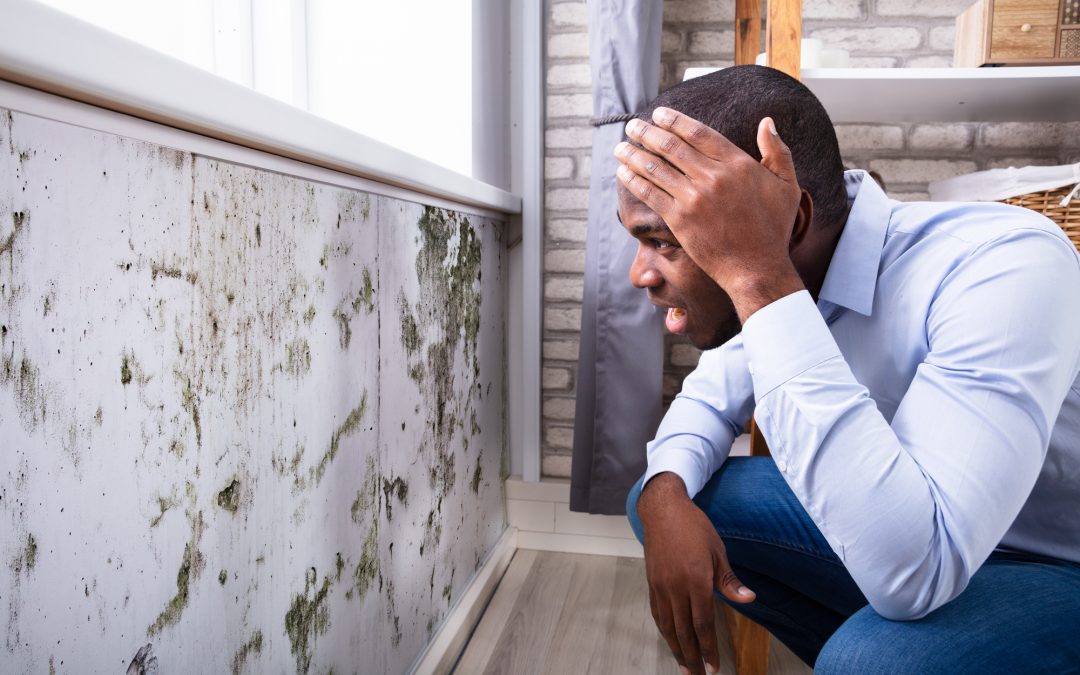After Mold Remediation Approaches for Clean Rooms
After Mold Remediation Approaches for Clean Rooms
Blog Article
Professional Tips for Article Mold Removal Success
In the world of mold removal, efficiently removing mold is just half the battle; the real difficulty lies in avoiding its reappearance. By sticking to skilled suggestions and finest practices, individuals can protect their spaces versus mold and mildew rebirth and keep a healthy interior environment.
Display Humidity Degrees On A Regular Basis
Routine monitoring of moisture levels is important in making sure the efficiency of post mold and mildew removal efforts. After completing mold and mildew removal treatments, keeping ideal humidity degrees is critical to avoid mold re-growth and guarantee a healthy interior atmosphere. Surveillance humidity degrees enables very early detection of any spikes or fluctuations that might potentially cause mold rebirth. High moisture degrees above 60% develop a helpful setting for mold to thrive, making normal keeping track of a proactive step to stop any type of future mold issues - Post Mold Remediation.
In addition, developing a regular timetable for moisture checks, specifically in high-risk locations such as cooking areas, shower rooms, and cellars, is a positive technique to mold prevention. By regularly keeping an eye on moisture levels, residential or commercial property proprietors can effectively mitigate the risk of mold and mildew reoccurrence and preserve a healthy and balanced indoor atmosphere post-remediation.
Conduct Thorough Inspections Post-Remediation
Complying with the completion of mold and mildew removal procedures, it is vital to conduct extensive examinations to validate the efficiency of the remediation procedure. These post-remediation assessments are essential in ensuring that the mold and mildew concern has been successfully resolved which there is no recurrence or continuing to be mold growth. Assessments should be carried out by qualified experts that have knowledge in determining mold and mildew and assessing indoor air quality.
Throughout these inspections, numerous approaches such as visual evaluations, air tasting, and surface area tasting may be utilized to extensively assess the remediated locations. Aesthetic analyses include a comprehensive evaluation of the facilities to look for any visible indications of mold development or water damages. Air tasting assists in figuring out the air-borne mold spore levels, while surface area tasting can detect mold bits on surfaces.
Implement Appropriate Air Flow Methods
After guaranteeing the performance of the mold remediation procedure with thorough inspections, the following important step is to concentrate on carrying out proper air flow methods. Adequate air flow is crucial in stopping mold reoccurrence by managing dampness degrees and promoting air circulation. To achieve this, it is suggested to utilize exhaust followers in locations prone to high humidity, such as cooking areas and washrooms. In addition, opening doors and home windows when weather allows can help boost airflow and lower wetness buildup. Air cleansers and dehumidifiers are additionally important devices in maintaining ideal interior air high quality.
Appropriate air flow not just help in avoiding mold development but likewise adds to the total health and wellness and comfort of passengers. By guaranteeing ample ventilation throughout the home, you can lower the threat of mold regrowth and produce a healthier living setting. Routine upkeep of ventilation systems, consisting Visit Website of cleaning and filter substitutes, is crucial to maintaining reliable air flow. Consulting with heating and cooling specialists can offer additional insights into optimizing ventilation methods for your particular residential property demands.

Use Mold-Resistant Products for Fixes
To enhance the long-term effectiveness of mold and mildew remediation initiatives, integrating mold-resistant products for repair services is essential in reducing the threat of future mold and mildew growth. Mold-resistant materials are made to hold up against dampness and prevent mold growth, making them a necessary option for areas vulnerable to dampness and humidity. When fixing locations influenced by mold, using products such as mold-resistant drywall, mold-resistant paints, and mold-resistant caulking can assist avoid mold and mildew reappearance.
Mold-resistant drywall is a superb alternative to traditional drywall in locations like bathrooms and cellars where wetness degrees are greater. This kind of drywall has a special covering that withstands mold growth even when subjected to damp conditions. In addition, utilizing mold-resistant paints having antimicrobial representatives can further prevent mold advancement on walls and ceilings.
In areas where wetness is typical, such as washrooms and kitchens, using mold-resistant caulking around windows, sinks, and tubs can help secure out water and avoid mold and mildew from taking hold in fractures and holes. By buying these mold-resistant products during repairs post-remediation, you can dramatically lower the chance of future mold problems and preserve a much Look At This healthier indoor environment.
Maintain Sanitation and Address Water Issues
Making certain sanitation their website and promptly resolving water problems are basic techniques to promote in protecting indoor spaces from mold and mildew reinfestation. After mold removal, it is vital to maintain a tidy atmosphere to prevent the regrowth of mold and mildew (After mold remediation). Regular cleaning, cleaning, and vacuuming can help remove any lingering mold and mildew spores and avoid them from working out and multiplying. Furthermore, keeping indoor spaces dry and dealing with any water concerns immediately is necessary in mold avoidance. Leakages, water intrusion, or high humidity degrees can develop the excellent breeding ground for mold and mildew, so it is imperative to deal with any water-related troubles promptly.
To maintain sanitation, consider using HEPA filters in vacuum cleaners and air purifiers to trap mold spores and avoid their blood circulation airborne. Guaranteeing appropriate air flow in areas vulnerable to moisture buildup, such as restrooms and cooking areas, can help maintain moisture degrees in check. By staying alert regarding cleanliness and addressing water concerns immediately, you can efficiently prevent mold reinfestation and keep a healthy and balanced interior environment.
Final Thought

In the world of mold and mildew removal, efficiently getting rid of mold is only half the battle; the true difficulty lies in preventing its reappearance. After completing mold removal treatments, preserving optimum moisture levels is essential to prevent mold and mildew re-growth and ensure a healthy interior environment. High moisture levels above 60% produce a favorable environment for mold and mildew to flourish, making regular keeping track of a proactive step to avoid any future mold concerns.
To enhance the lasting effectiveness of mold and mildew remediation initiatives, integrating mold-resistant products for repair work is essential in minimizing the risk of future mold development. After mold removal, it is essential to maintain a tidy environment to prevent the regrowth of mold and mildew.
Report this page